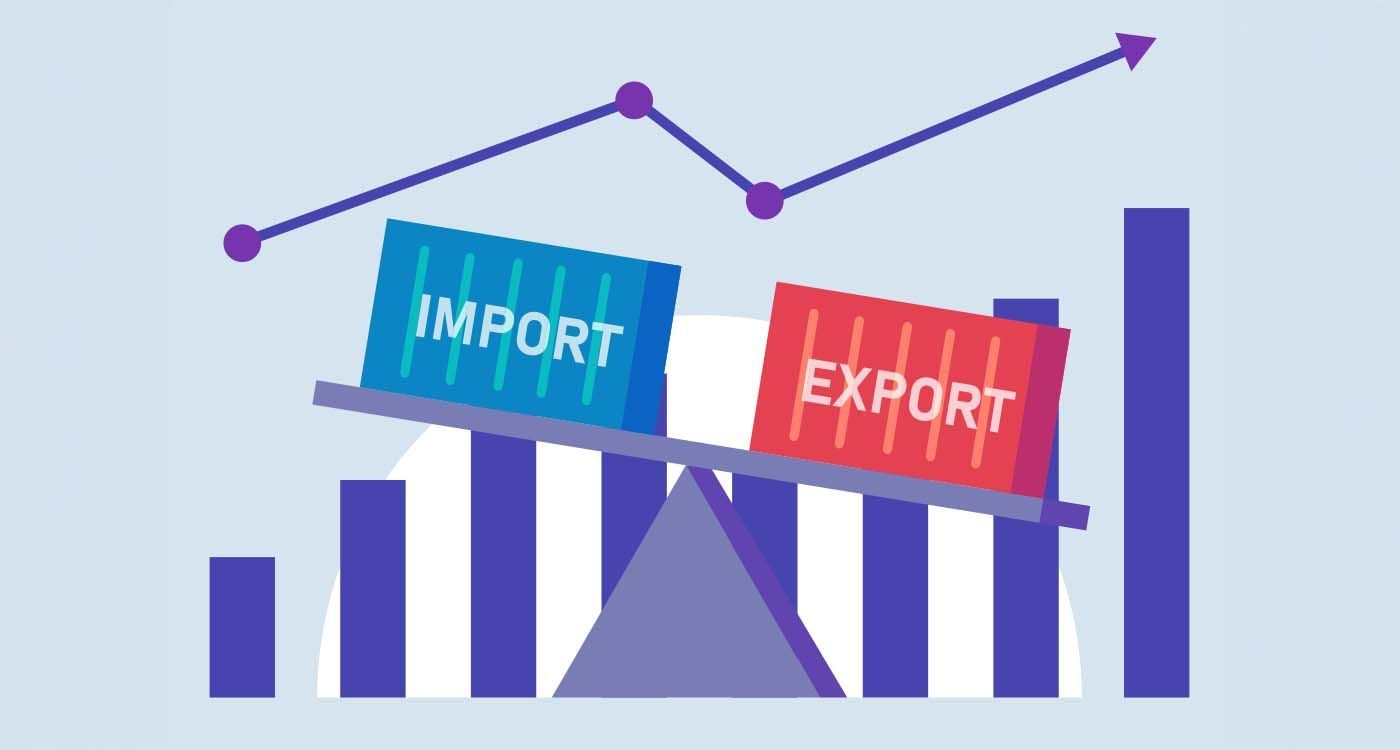
According to data from the Higher Council of Customs, Lebanese exports rose by 21% between January and May 2025, reaching 1.5 billion dollars compared to 1.2 billion a year earlier. This increase reflects renewed competitiveness for “Made in Lebanon” products, which are seen as better suited to local purchasing power and more reliable in quality. Imports also grew by 16%, totaling 8.1 billion dollars, driven by a rebound in domestic demand.
Real import growth reached 9.3% after being adjusted for imported inflation estimated at 6.7%. This indicates a partial recovery in economic activity. However, trade deficit worsened by 14.9% to 6.6 billion dollars, underscoring the country’s ongoing dependence on imports in a context of limited external financing.
Jewelry Leads, Electrical Products Decline
Jewelry, accounting for 36.8% of exports, surged by 65.7% to 545 million dollars, boosted by demand in safe-haven markets. Metals rose 26.2% to represent 15.6% of exports, while food products dropped 1.6%, electrical goods fell 11.9% and agricultural products slipped 1.6%, highlighting sectoral weaknesses.
Switzerland Becomes Top Client
Exports to Switzerland almost quadrupled to 295 million dollars, likely driven by jewelry and precious metals. The United Arab Emirates remain a key partner with a 17.7% increase, while exports to the United States fell 20.3%. Exports to Syria jumped 78.8% despite regional challenges.
Imports: Broad Increase, Led by Egypt and the UAE
As for imports, mineral products topped the list at 1.98 billion dollars, up 9.5%, followed by jewelry at 1.45 billion dollars, up 28.2%, and chemical products up 18.7%. Demand also increased for industrial and technological goods.
Greece remains Lebanon’s main supplier with 731 million dollars, up 26.9%, while imports from China fell 9.2%. By contrast, imports from the UAE soared 121.8% and those from Egypt surged 89.8%, confirming stronger trade ties with Arab countries. Turkey, up 26.7%, and Switzerland, up 14.4%, also strengthened their positions.
As part of his strategy to boost exports, Industry Minister Joe Issa al-Khoury announced the creation of an export promotion entity, staffed with advisers tasked with analyzing the needs of key markets for Lebanese products.
Industrial Sector: A Crucial but Underfunded Pillar
As a reminder, Lebanon’s industrial sector produces around 1,500 items and contributes 10 billion dollars to the country’s GDP. It is the largest employer in Lebanon, providing jobs for nearly 210,000 workers.
Despite this strategic role, the sector receives only about 83 million dollars per year on average in public funding, a stark imbalance for such a vital economic pillar.
Official figures cite 7,000 active industrial units, while unofficial sources estimate up to 15,000 establishments.




Comments